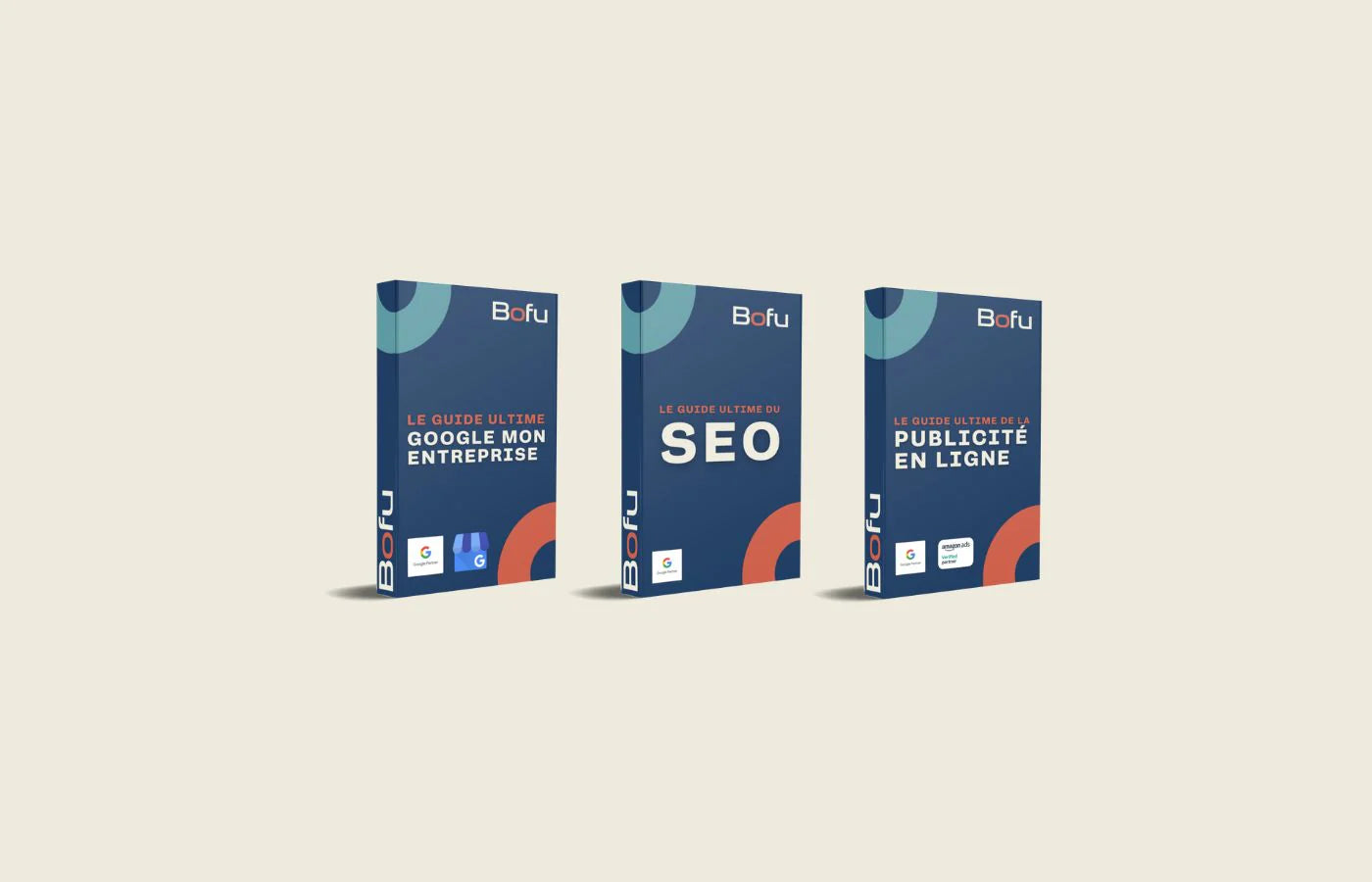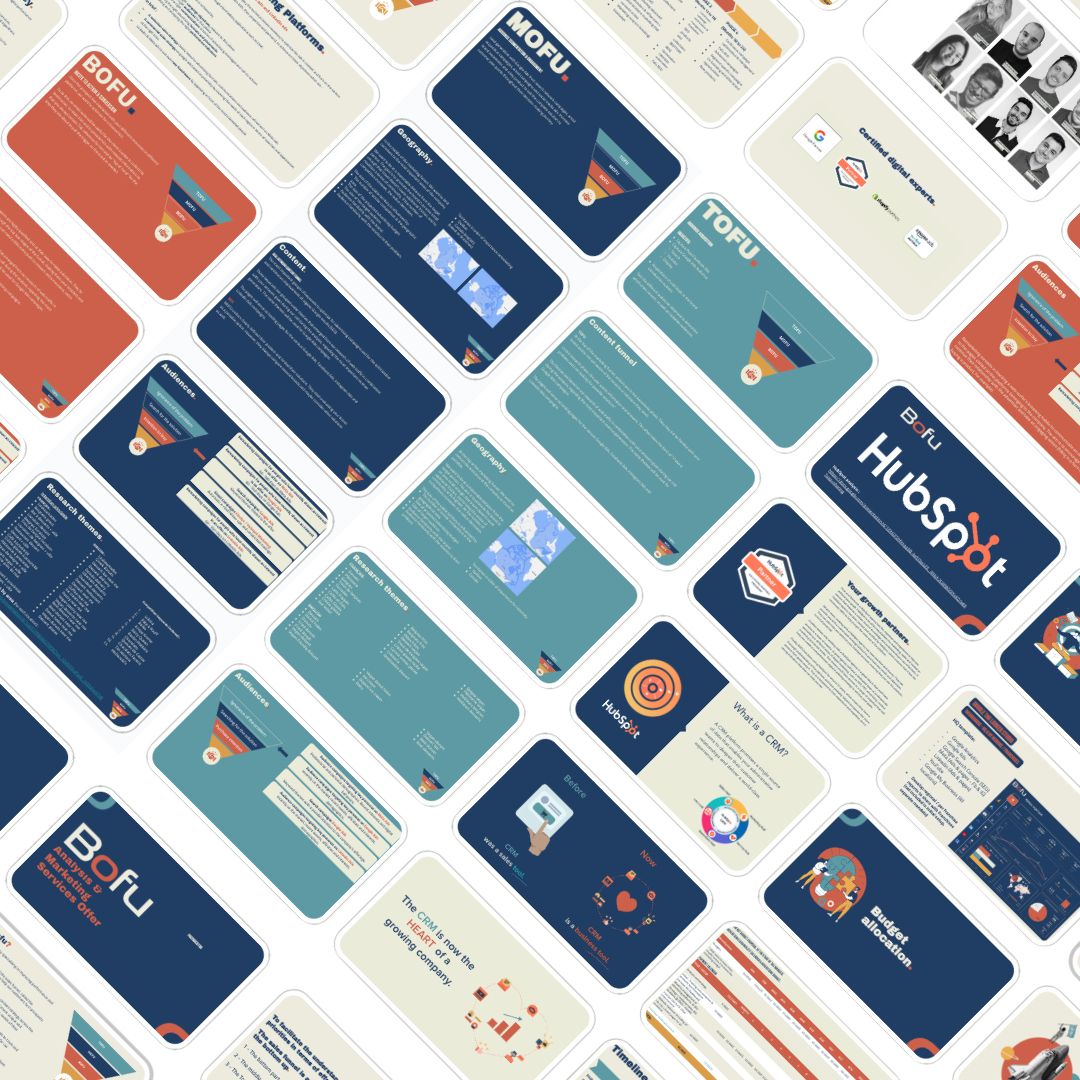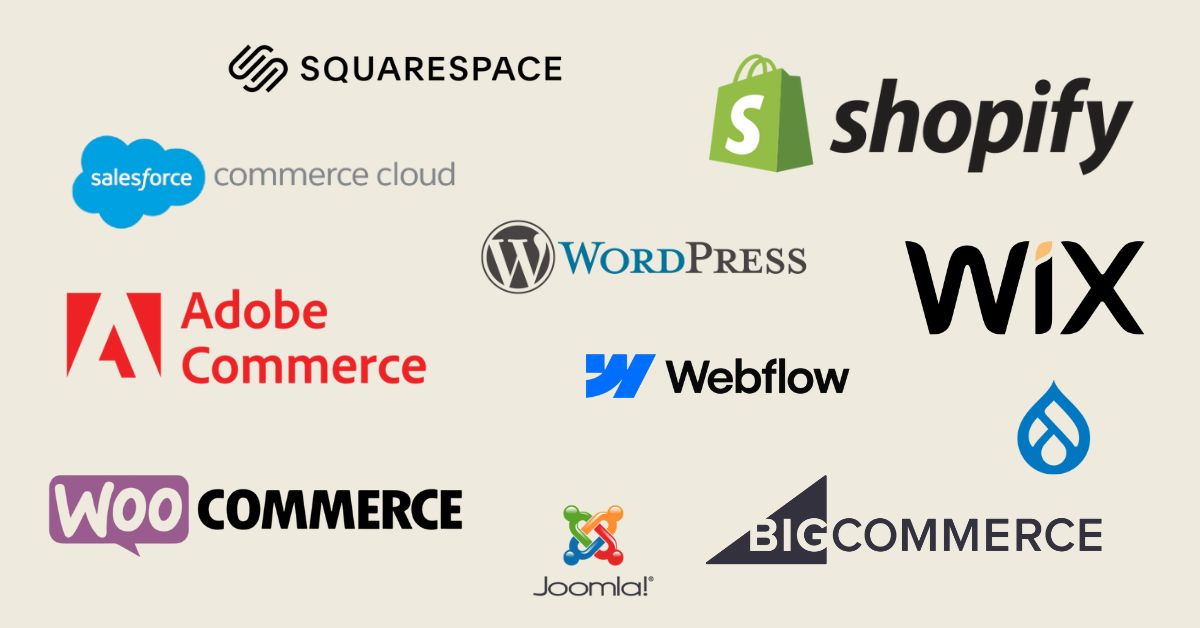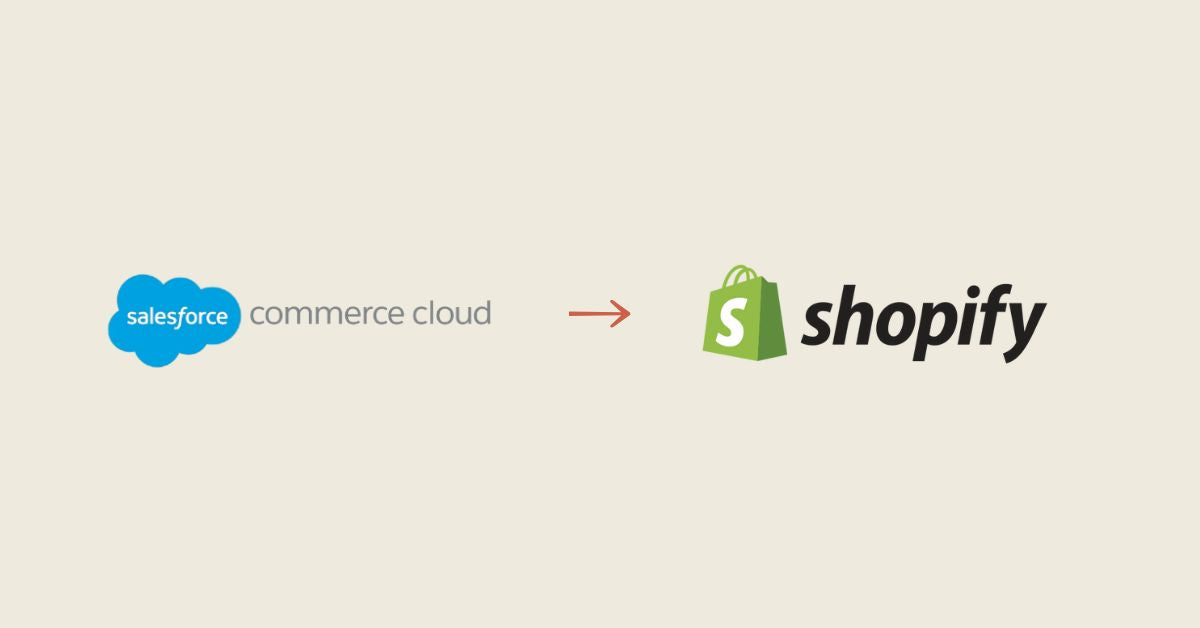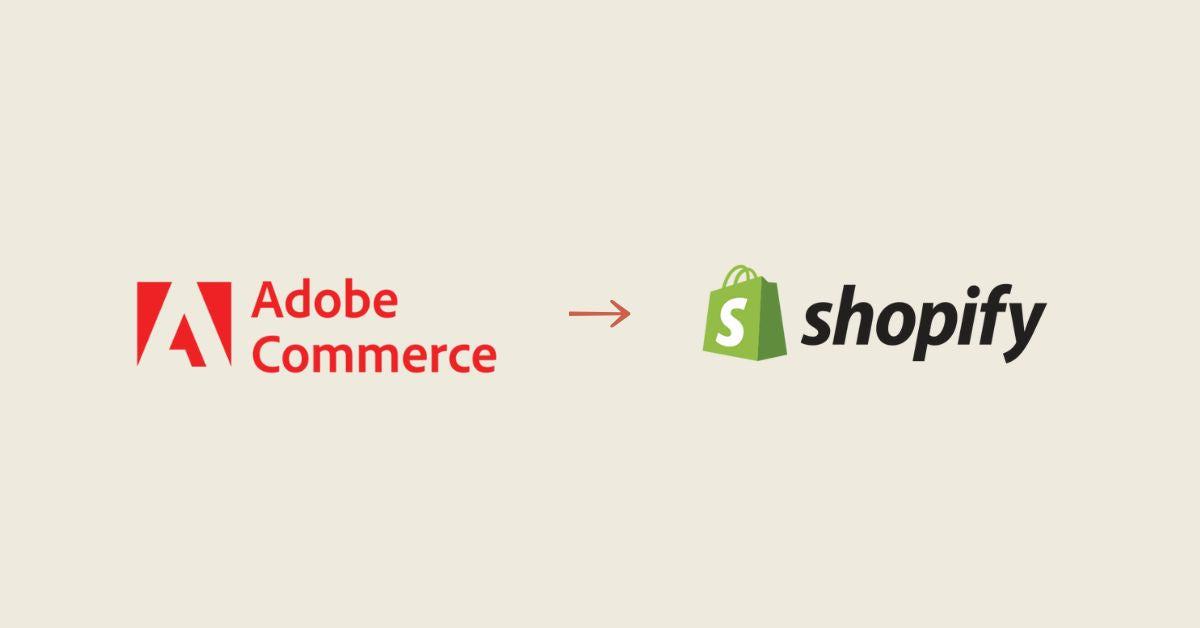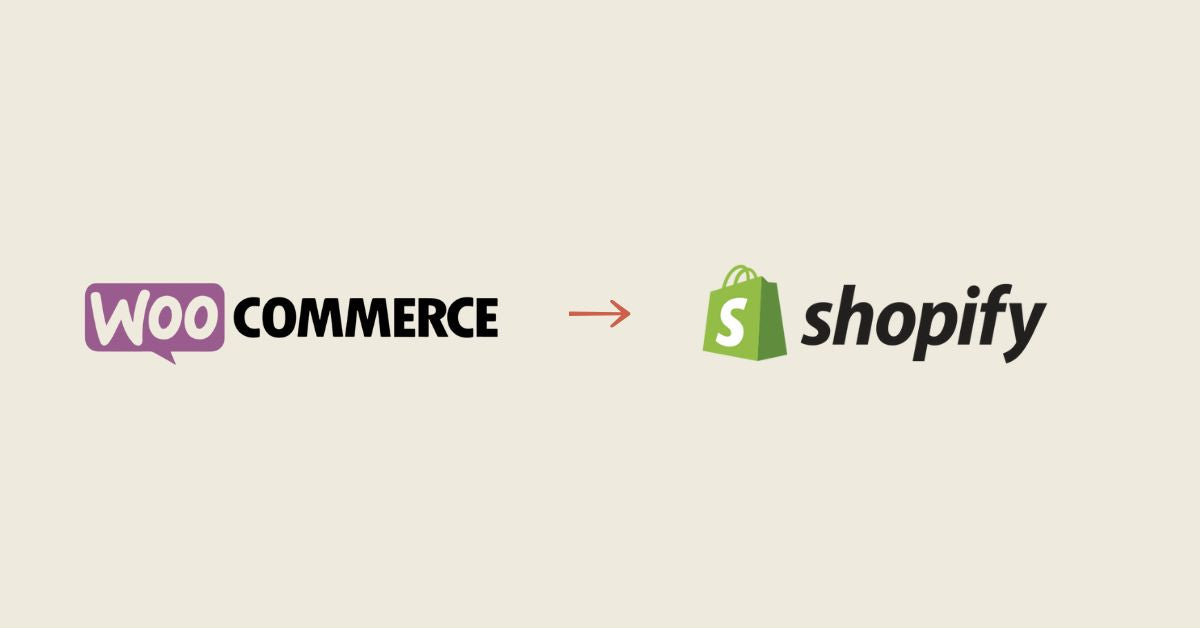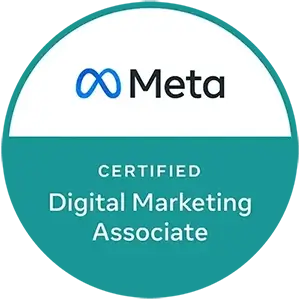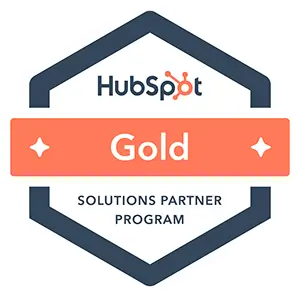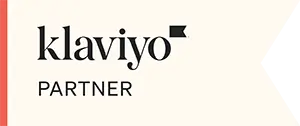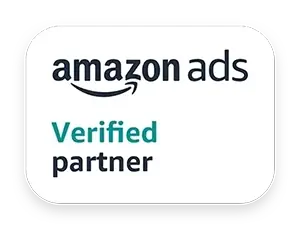In order to help you fully understand all the concepts that will follow in this guide, we suggest that you first familiarize yourself with the vocabulary most often used when it comes to online advertising and marketing .
In this glossary , we have therefore grouped the main terms, with the aim that they can provide you with a solid understanding of the expressions and concepts most commonly used in the industry.
By reading this glossary , you will undoubtedly notice that many of these terms are in English. This is explained by the fact that the main references most often use English terms. We have nevertheless taken care to give you, as much as possible, the equivalents and definitions in French. By specifying in each case what they refer to.
Terms
- KPI ( Key Performance Indicator ) : Performance indicator used to measure the effectiveness of an online advertising strategy.
- PPC ( Pay-Per-Click ) : Advertising model where advertisers pay a certain amount each time a user clicks on their ad.
- CPC (Cost Per Click) : Average price spent for each click made on an ad.
- CPM (Cost Per Thousand) : Cost calculated for one thousand impressions of the same ad.
- CTR (Click Rate) : Ratio of the number of clicks compared to the number of impressions.
- CPA (Cost Per Acquisition) : Average amount spent for each conversion or action performed.
- CPL ( Cost Per Lead ) : Average cost invested for each lead generated.
- CTR ( Click-Through Rate ): The “ click-through rate ” is an indicator measuring the proportion of Internet users who click on an ad after having seen it.
- Lead / prospect : User potentially interested in a product or service.
- Impression : Represents a view of an online ad.
- Conversion : Desired action on the part of users/Internet users.
- Landing Page : “Landing page” on which a user lands after clicking on a specific ad.
- Keyword: Word, group of words, or sentence, summarizing the content well and allowing you to better target your ads .
- Ad group : A set of ads that share keywords in common.
- Advertising retargeting / Retargeting : Action of targeting people who have already visited a website in order to present them with suitable advertising. This is often referred to as “ remarketing ”.
- Quality Score : Indicator measuring the relevance and quality of keywords and PPC.
- Ad Rank : Positioning of your ad in search results.
- Auction : Maximum amount a viewer wants to pay for a click.
- Display Ads : Visual advertisements displayed on partner websites.
- Search Ads : Ads in search results.
- Programmatic Advertising : Automated purchase of digital advertising space, online.
- Native Advertising : Also called integrated advertising , this type of advertising strategy aims to incorporate advertising that fits in harmony with already existing content.
- Geographic targeting / Geo-Targeting : Distribution of online advertisements in a specific geographic area.
- Ad Extensions : Additional information related to a Google Ads ad style="font-weight: 400;" data-mce-fragment="1" data-mce-style="font-weight: 400;">.
- A/B Test ( Split Testing ) : Comparison of two versions of an ad in order to then be able to choose the most efficient one.
- SEO ( Search Engine Optimization ) : Optimization through natural (organic) referencing to improve positioning on search engines.
- SEM ( Search Engine Marketing ) : Marketing strategy combining natural referencing (SEO) and paid advertisements in order to optimize the positioning of a website on search engines.
- View-Through Conversion : Conversions that occur after a user has previously viewed an ad, without having initially clicked on that ad.
- Advertising network / Ad Network : Intermediary between advertisers and websites that want to host ads.
- Bounce rate / Bounce Rate : Proportion of visitors who leave a website after having seen only one page.
- Click Fraud : Illegitimate clicks on an ad, often in such a way as to increase costs for the advertiser. Please note, this process is considered a type of advertising fraud!
- Dynamic Ads : Ads that can automatically adapt depending on the user.
- Similar Audience / Lookalike Audience : Group of users sharing similar characteristics.
- Pixel : Code used to track visitor activity on a website and analyze their behavior in order to derive statistics and adjust your approach if necessary.
- Ad Placement : Place where an ad is displayed.
- Reach : Total number of unique people who saw a specific ad.
- Frequency : Number of times the same user sees an ad.
- Campaign : Set of different advertisements having the same advertising objective in common.
- Behavioral targeting : Advertising strategy based on a user's browsing behavior.
- Contextual targeting : Targeted advertising based on the type of content on a web page.
- Conversion Rate : Percentage of users who perform a desired action.
- Affiliate Marketing / Affiliate Marketing : Marketing technique where advertisers promote their products or services through certain partners, rewarding them based on the customers generated.
- Advertising inventory / Ad Inventory : Total quantity of advertising space available for sale.
- Banner Ad : Graphic advertising displayed on a website.
- Ad Server : Technology that manages and serves ads .
- Ad Exchange : Automated platform facilitating the purchase and sale of advertising inventory.
- Mobile Advertising / Mobile Advertising : Targeted advertising for mobile devices.
- Engagement : User interaction with an ad or content.
- Media Buying : The purchase of advertising space on various platforms.
- ToFu, MoFu, Bofu: Discover this intention structure approach
FAQs
Q: What is PPC and how does it work? A: PPC stands for Pay-Per-Click, an advertising model where advertisers pay a set amount each time a user clicks on their ad. This is a common method of attracting traffic to a website.
Q: How is CTR calculated and why is it important? A: CTR, or Click-Through Rate, is calculated by dividing the number of clicks by the number of impressions of an ad. It is important because it indicates how effective an ad is in attracting users' attention.
Q: What is the difference between SEO and SEM? A: SEO (Search Engine Optimization) focuses on improving a site's ranking in organic search results, while SEM (Search Engine Marketing) combines SEO and paid ads to optimize a site's visibility .
Q: What is retargeting and why is it used ? A: Retargeting, or advertising retargeting, consists of targeting people who have already visited a website, with the aim of presenting them with appropriate advertisements. This increases the chances of conversion by reaching out to an already interested audience.
Q: What is a Landing Page and why is it important? A: A Landing Page is a web page that a user lands on after clicking on an ad. It is important because it is optimized to convert visitors into customers or leads.
Q: How does programmatic advertising work? A: Programmatic advertising uses algorithms to automatically purchase advertising space online, allowing for more targeted and efficient delivery of ads.
Q: What is a Lead in the context of online marketing? A: A Lead is a user potentially interested in a product or service. In online marketing, lead generation means attracting prospects who are likely to become customers.
Conclusion
This article aims to provide you with a clear and in-depth understanding of key online marketing and advertising terms and concepts. By browsing this glossary, you have discovered a wide range of terms, ranging from performance indicators such as KPI, to different strategies and tools used in the field, such as SEO, SEM, and programmatic advertising.
Knowledge of these terms is crucial to effectively navigating the complex and ever-changing world of online advertising. Whether you're a marketing professional looking to refine your strategy, or a novice wanting to understand the basics, this glossary is a valuable resource to enrich your understanding and improve your advertising campaigns.
